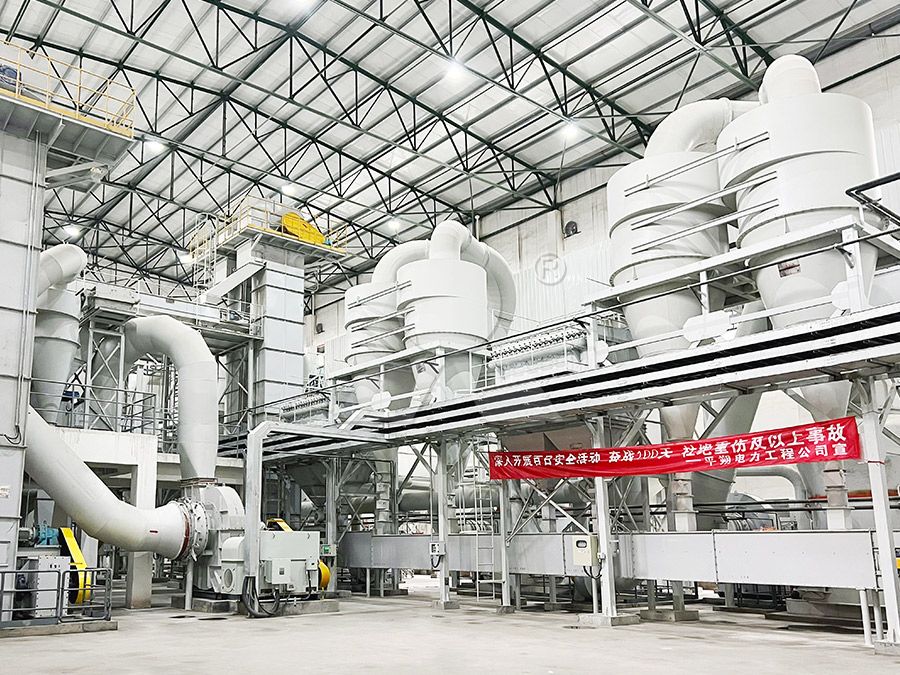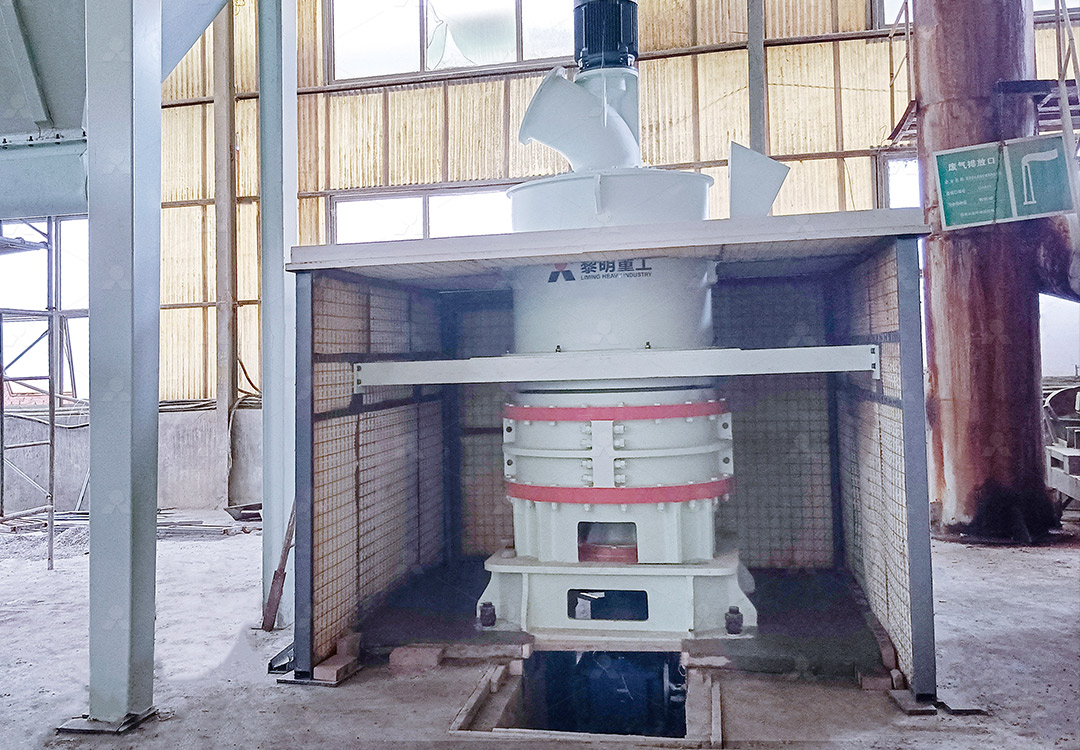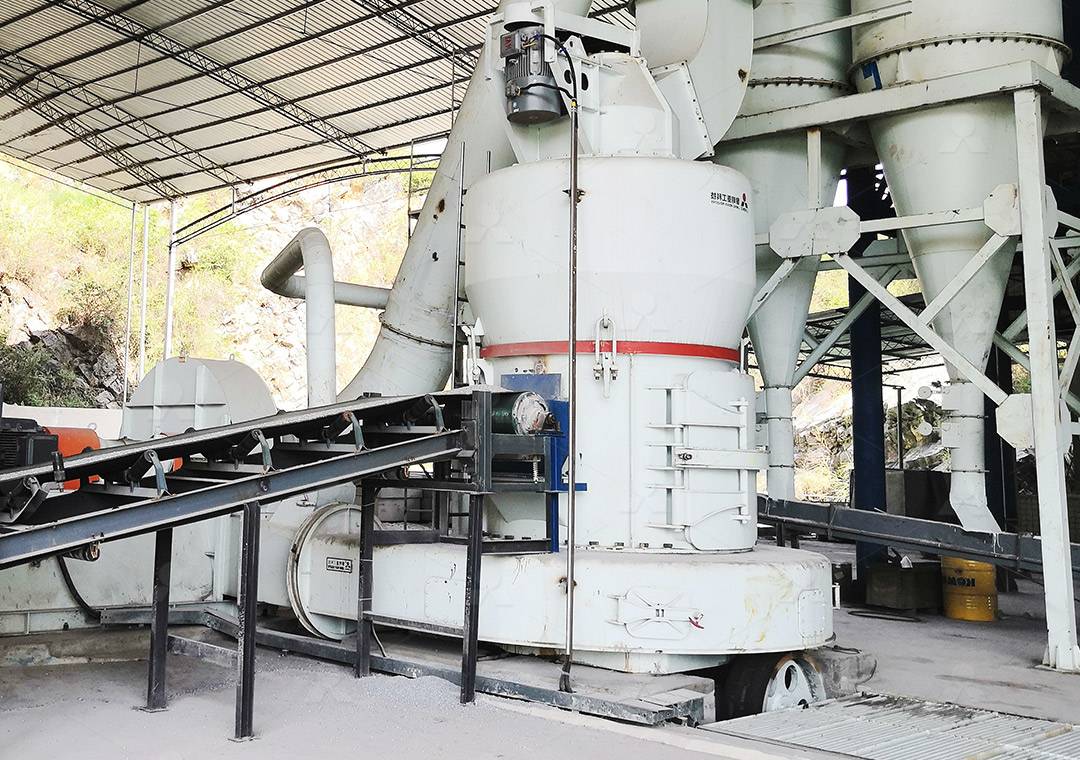Raymond Mill for Grinding Limestone into Powder
Raymond Mill for Grinding Limestone into Powder
Limestone grinding represents one of the most fundamental processes across numerous industries, from construction materials to chemical manufacturing. The transformation of raw limestone into fine powder requires specialized equipment that can deliver consistent particle size, maintain operational efficiency, and ensure environmental compliance. For decades, Raymond Mill technology has stood as the industry standard for this critical process.

The grinding mechanism of Raymond Mill utilizes a centrifugal force-driven system where rollers oscillate outward to press against a grinding ring. This action, combined with the shovel’s material feeding function, creates an efficient grinding environment that can handle limestone with input sizes up to 25mm. The resulting powder is then separated through an integrated air classifier, ensuring consistent particle distribution throughout the final product.
Technical Considerations for Limestone Grinding
When selecting grinding equipment for limestone operations, several factors demand careful consideration. The moisture content of raw limestone significantly impacts grinding efficiency, with most systems performing optimally with materials containing less than 10% moisture. The desired fineness of the final product determines the appropriate grinding technology, with different mills offering varying ranges of particle size control.
Operational costs represent another critical factor, encompassing energy consumption, maintenance requirements, and wear part replacement frequency. Modern grinding solutions have made significant strides in reducing these costs through improved mechanical designs and more efficient separation systems.
Advanced Solutions for Modern Requirements
While traditional Raymond Mills continue to serve many operations effectively, technological advancements have introduced more sophisticated options for operations requiring higher efficiency or specialized capabilities. For operations demanding ultra-fine powders with precise particle distribution, the MW Ultrafine Grinding Mill presents an exceptional solution.

This advanced system handles limestone with input sizes of 0-20 mm and capacities ranging from 0.5 to 25 tph. Its innovative design eliminates rolling bearings and screws within the grinding chamber, significantly reducing maintenance concerns and potential failure points. The cage-type powder selector, incorporating German technology, enables precise fineness adjustment between 325-2500 meshes, with screening rates achieving d97≤5μm in a single pass.
The MW Ultrafine Grinding Mill demonstrates remarkable efficiency gains, delivering production capacity 40% higher than jet grinding mills and twice that of ball grinding mills at equivalent fineness and power levels. Meanwhile, system energy consumption drops to just 30% of comparable jet milling systems. Environmental considerations are addressed through integrated pulse dust collection and noise reduction technologies, ensuring compliance with stringent environmental standards.
Operational Advantages in Real-World Applications
In practical limestone grinding operations, the MW Ultrafine Grinding Mill’s external lubrication system enables continuous 24-hour operation without shutdowns for maintenance. The digital processing of core components ensures high precision machining, while comprehensive spare parts support guarantees worry-free operation. These features combine to create a grinding solution that maximizes uptime while minimizing operational disruptions.
For operations requiring different specifications, the LUM Ultrafine Vertical Grinding Mill offers another sophisticated option with input sizes of 0-10 mm and capacities of 5-18 tph. This system incorporates the latest grinding roller technology from Taiwan and German powder separating technology, creating an integrated solution for ultrafine powder production.

Frequently Asked Questions
What is the typical particle size range achievable with Raymond Mills for limestone?
Traditional Raymond Mills typically produce limestone powders in the range of 80-400 mesh. For finer requirements, the MW Ultrafine Grinding Mill can achieve 325-2500 meshes with precise control over particle distribution.
How does moisture content affect limestone grinding efficiency?
Excessive moisture (typically above 10%) can reduce grinding efficiency and may require pre-drying systems. Most grinding mills perform optimally with drier materials, though some advanced systems incorporate drying capabilities.
What maintenance considerations are most important for limestone grinding operations?
Regular inspection of grinding rollers and rings, monitoring of classifier operation, and maintaining proper lubrication systems are crucial. The MW Ultrafine Grinding Mill’s design eliminates many traditional maintenance concerns by removing rolling bearings and screws from the grinding chamber.
How do environmental regulations impact limestone grinding operations?
Modern grinding systems must address dust emissions and noise pollution. Advanced mills like the MW series incorporate efficient pulse dust collectors and noise reduction technologies to ensure compliance with environmental standards.
What capacity range should I consider for a new limestone grinding installation?
Capacity requirements depend on production needs. Traditional Raymond Mills offer 0.6-5 tph, while the MW Ultrafine Grinding Mill expands this range to 0.5-25 tph, providing flexibility for various operation scales.
